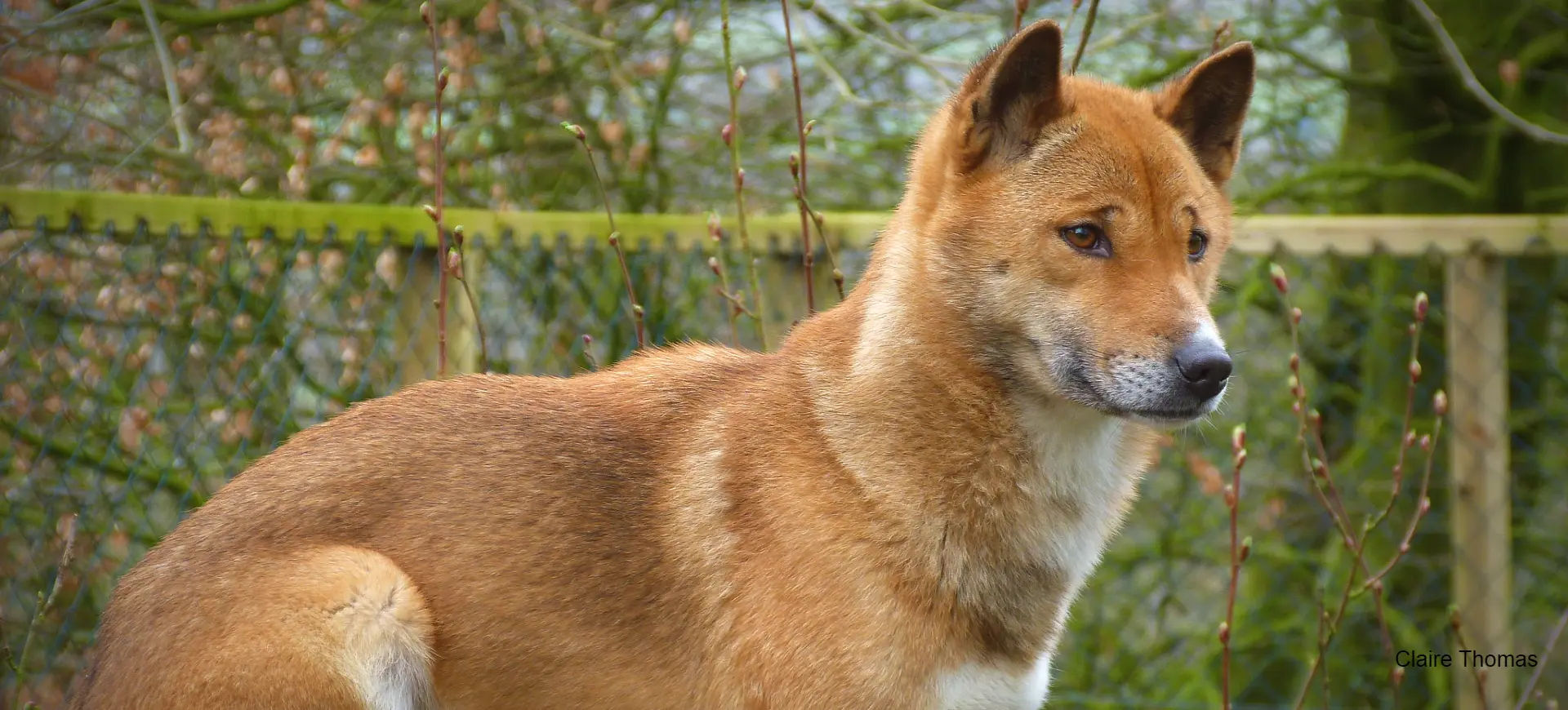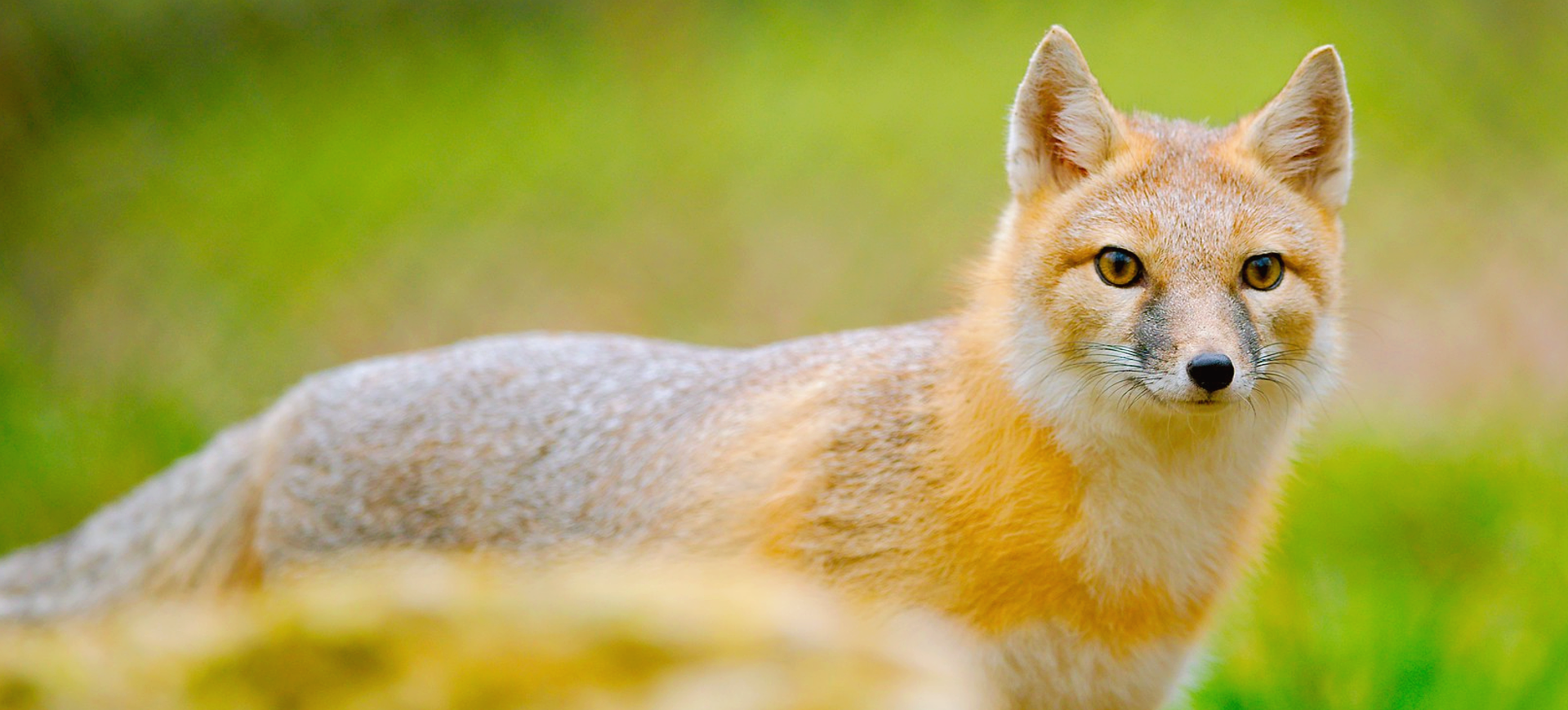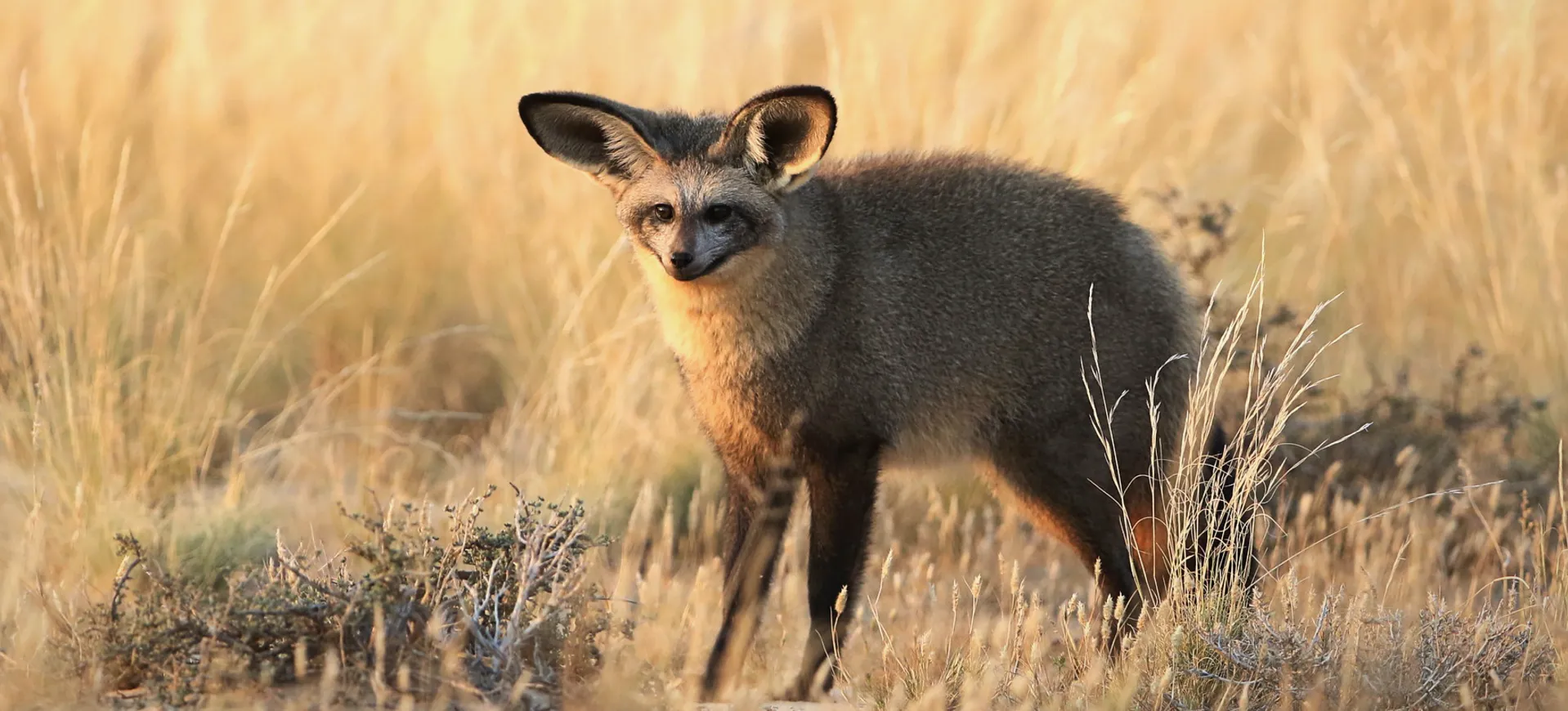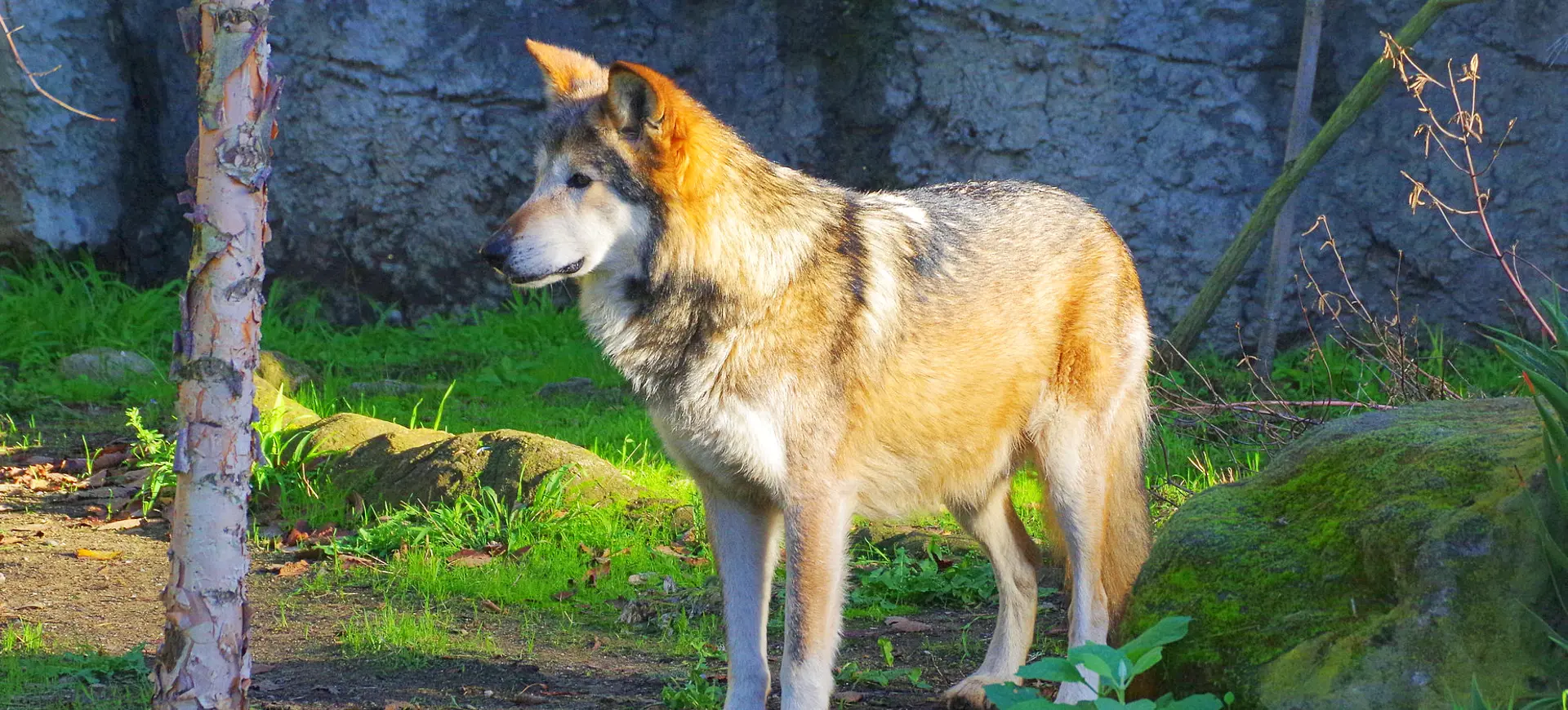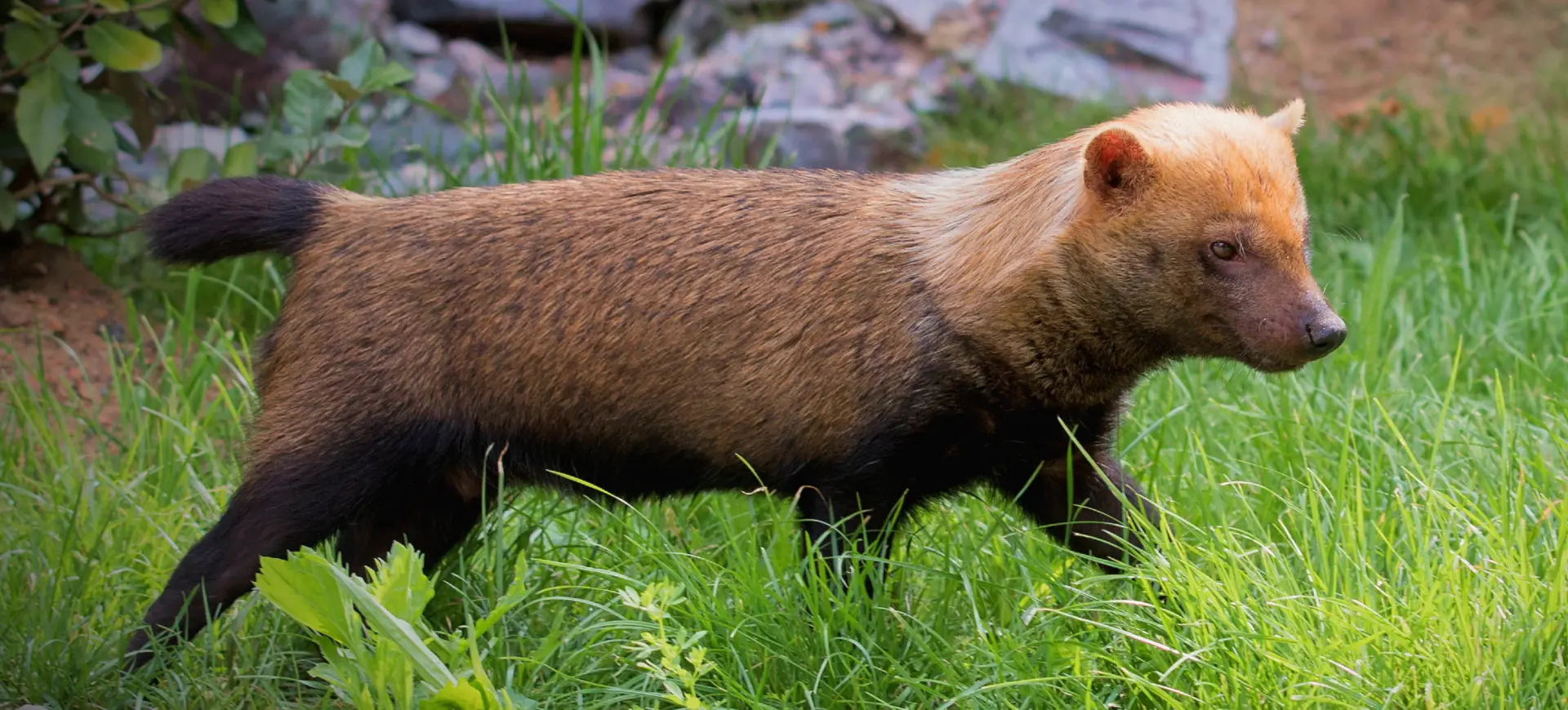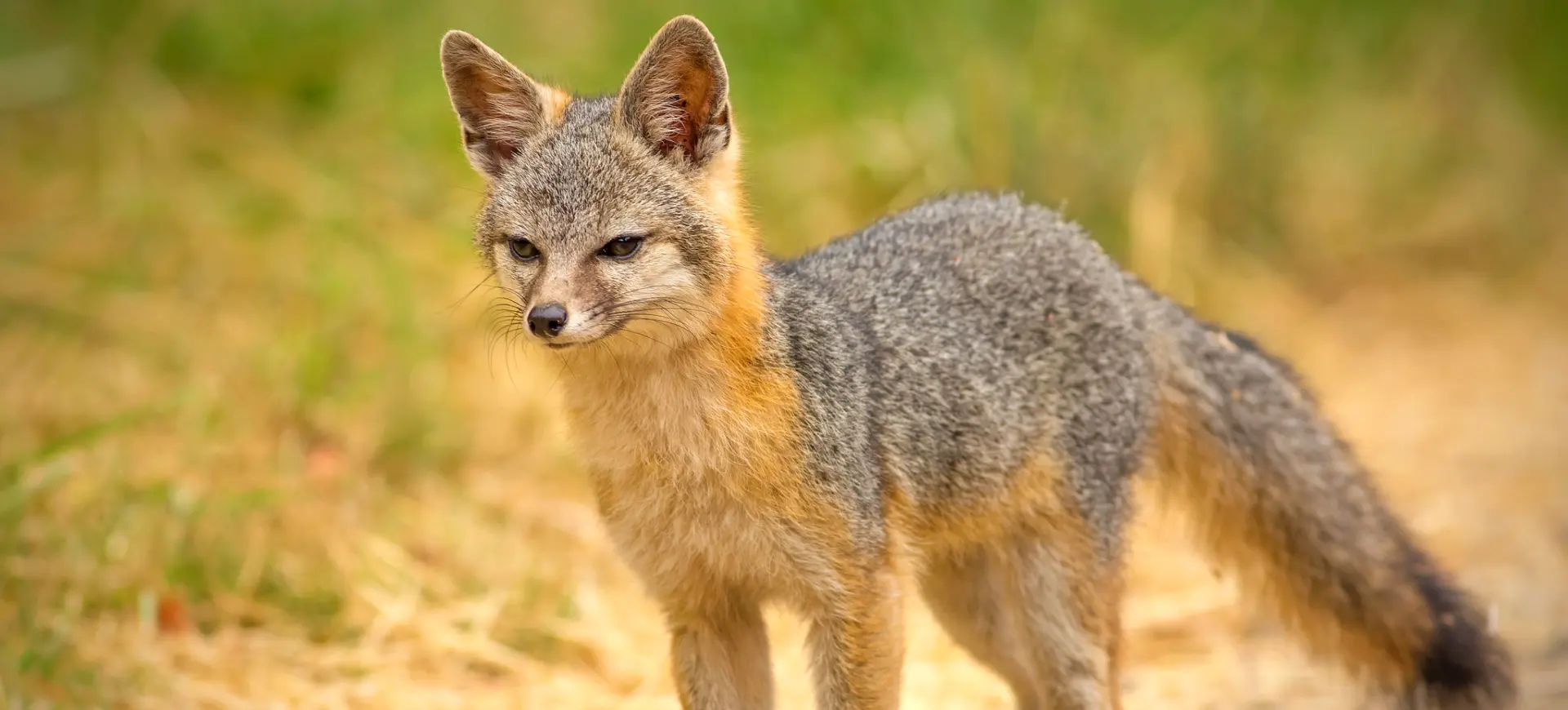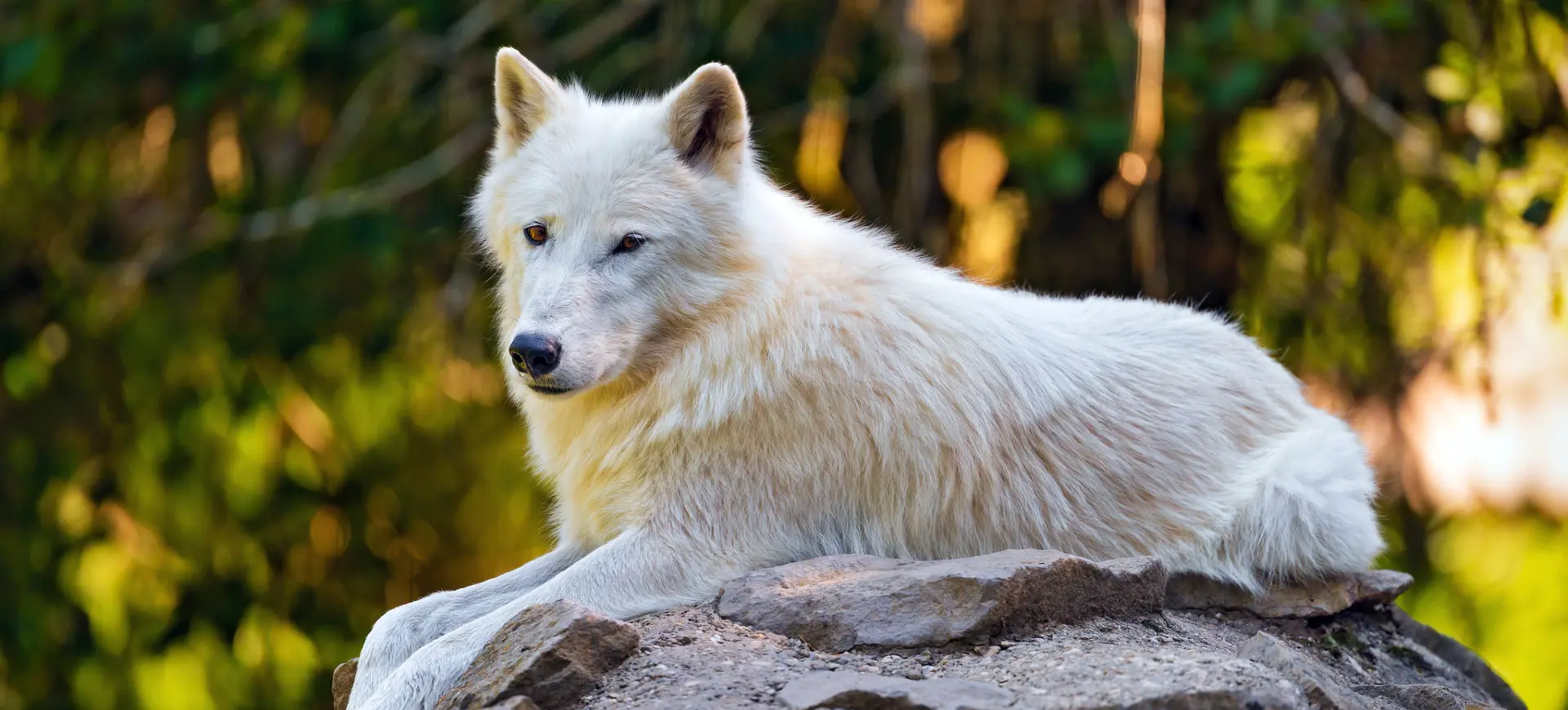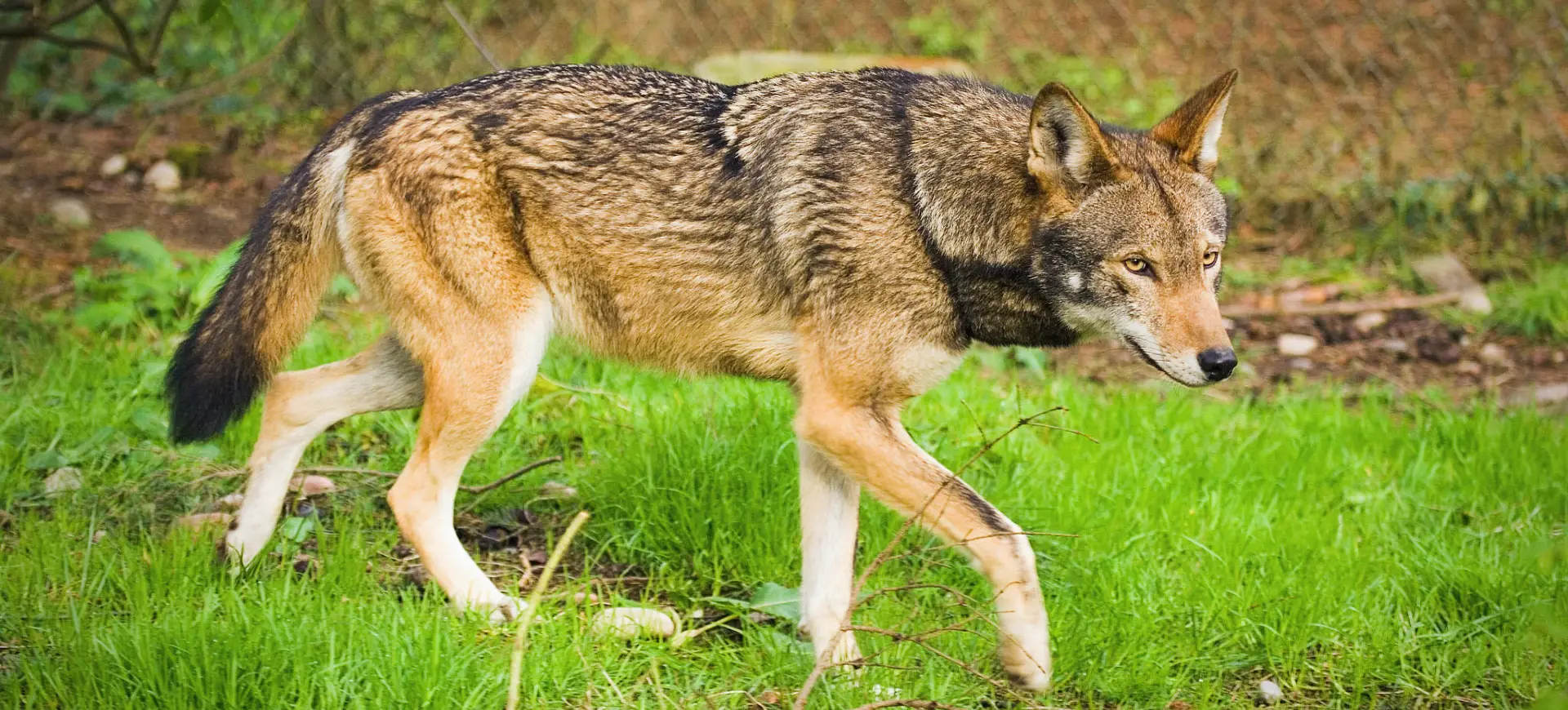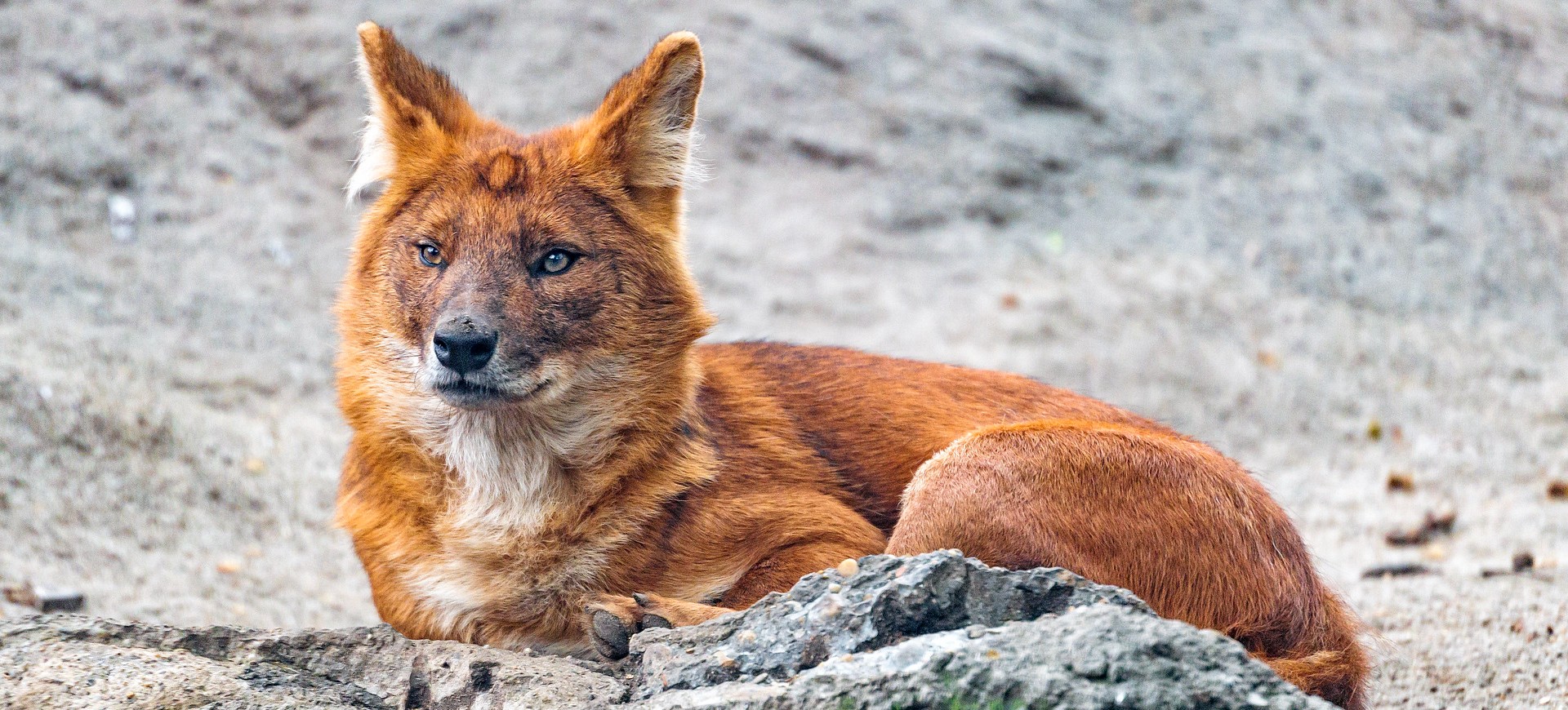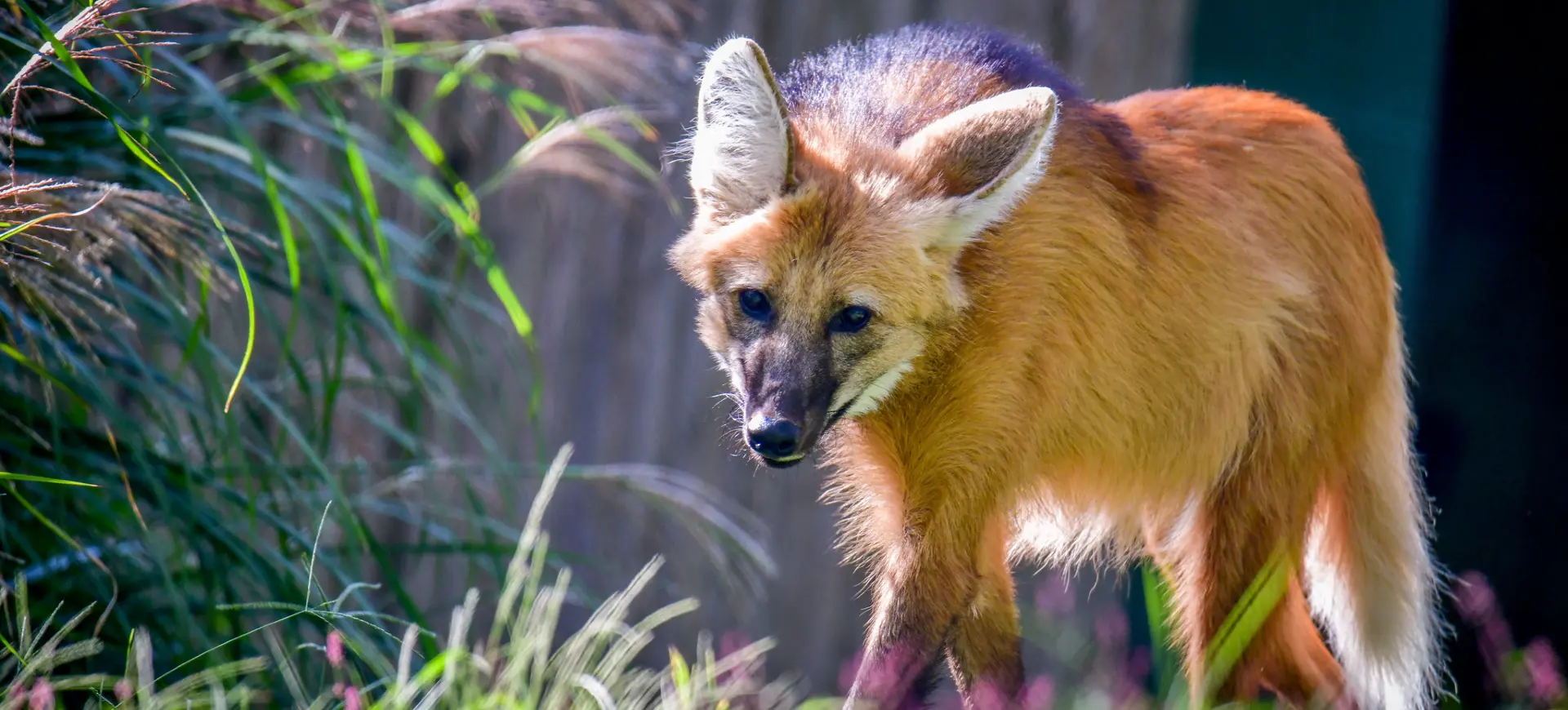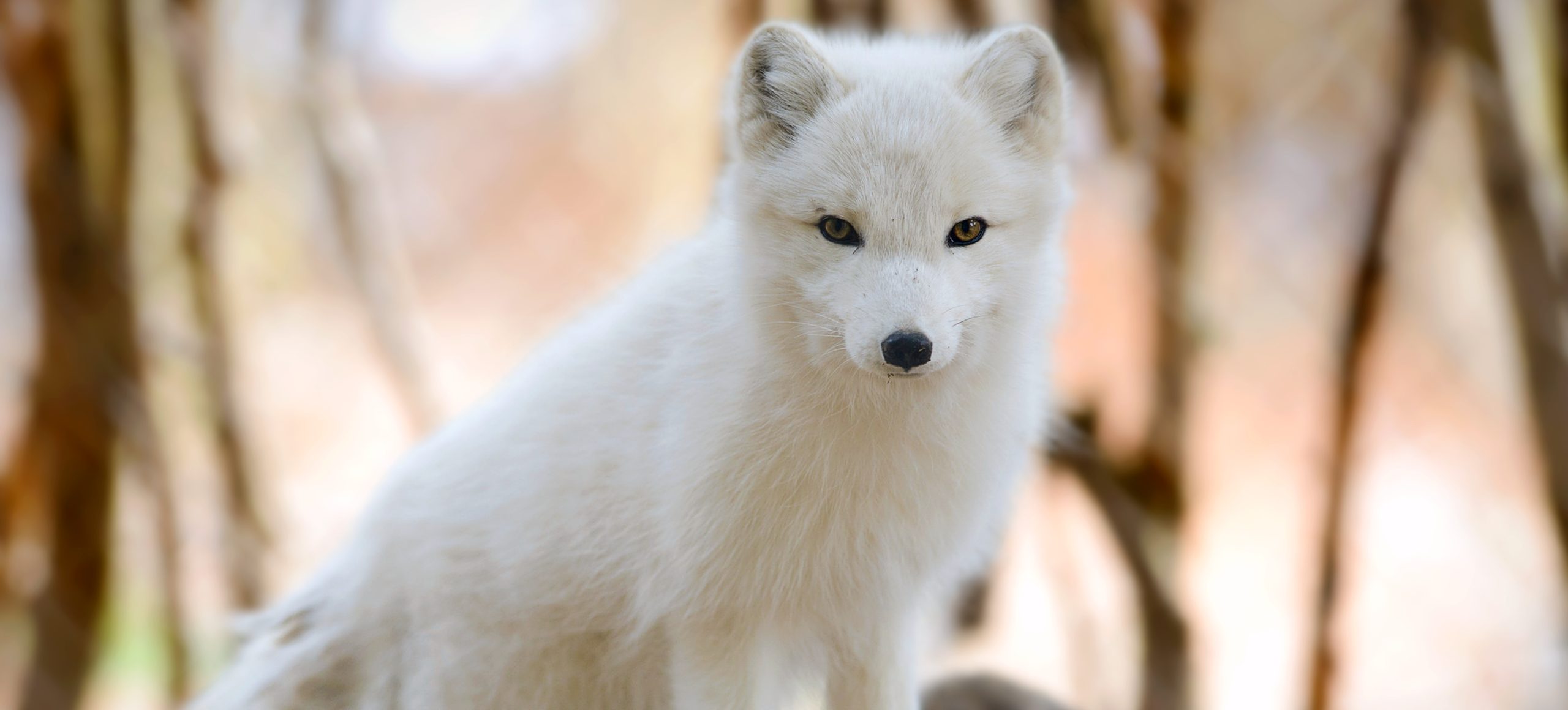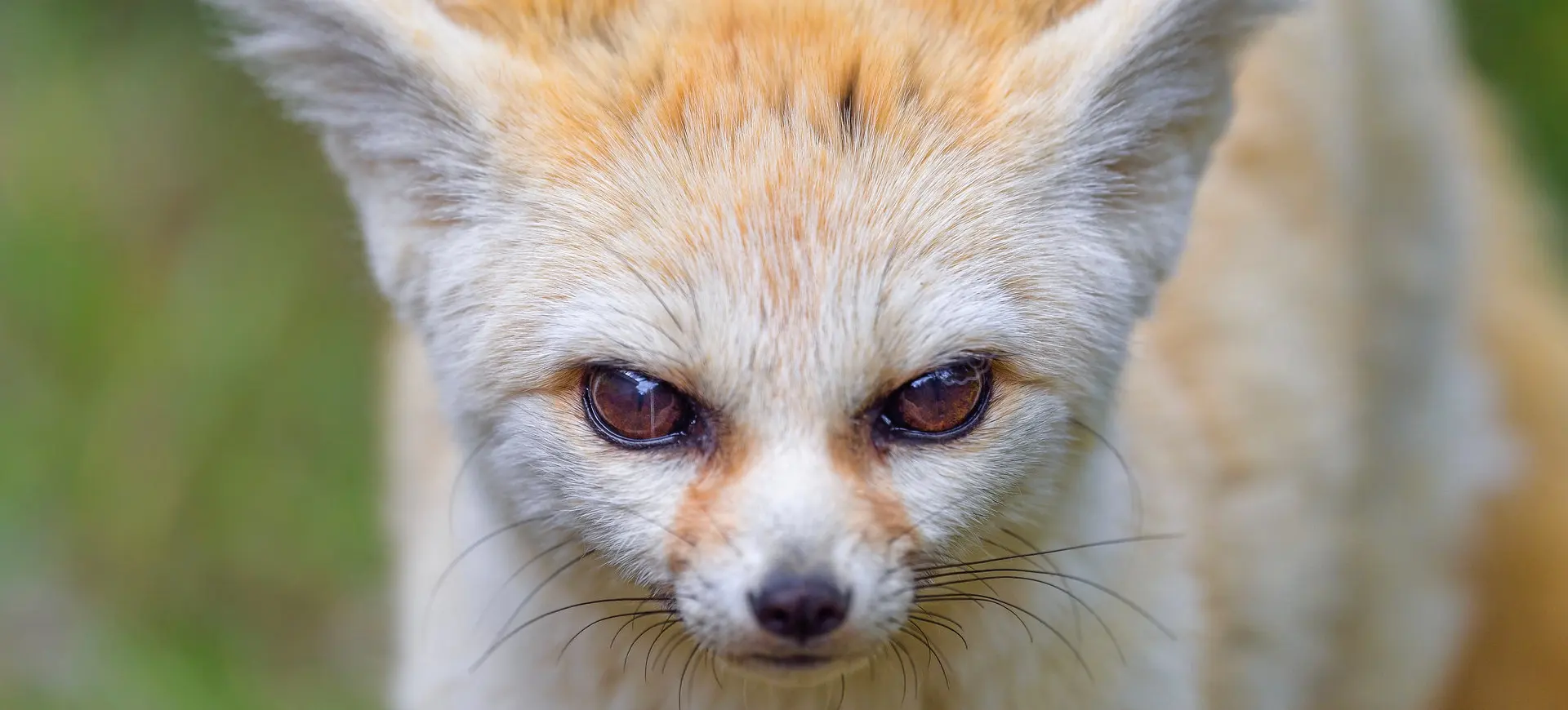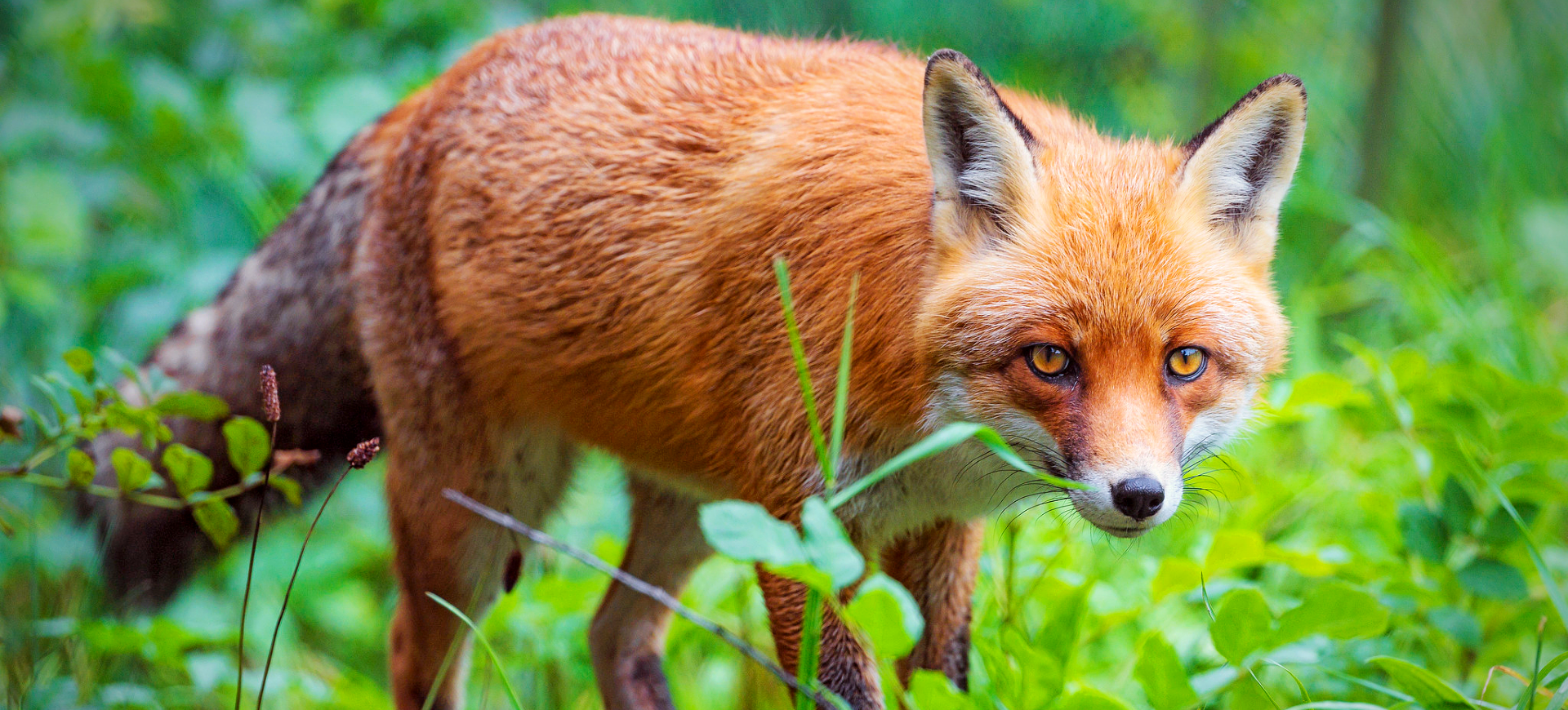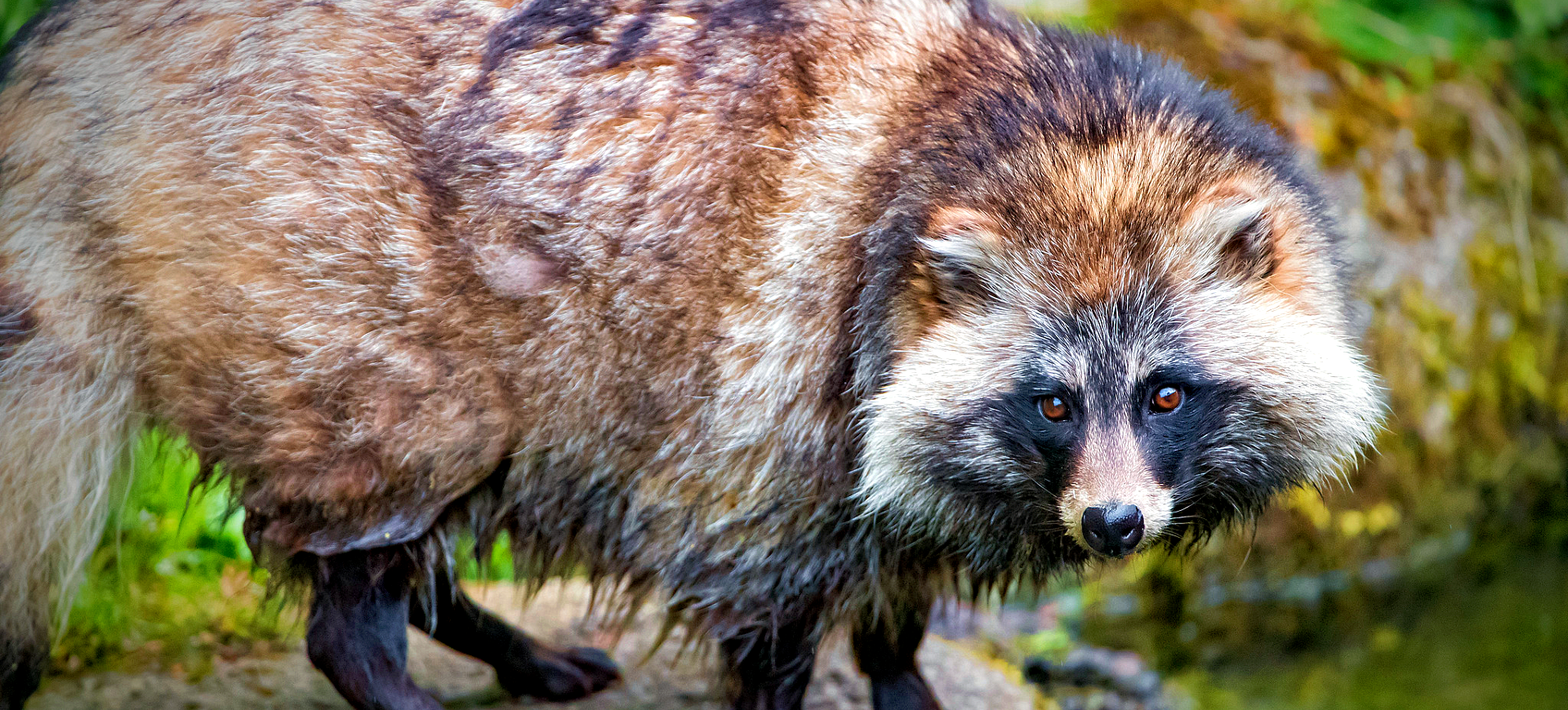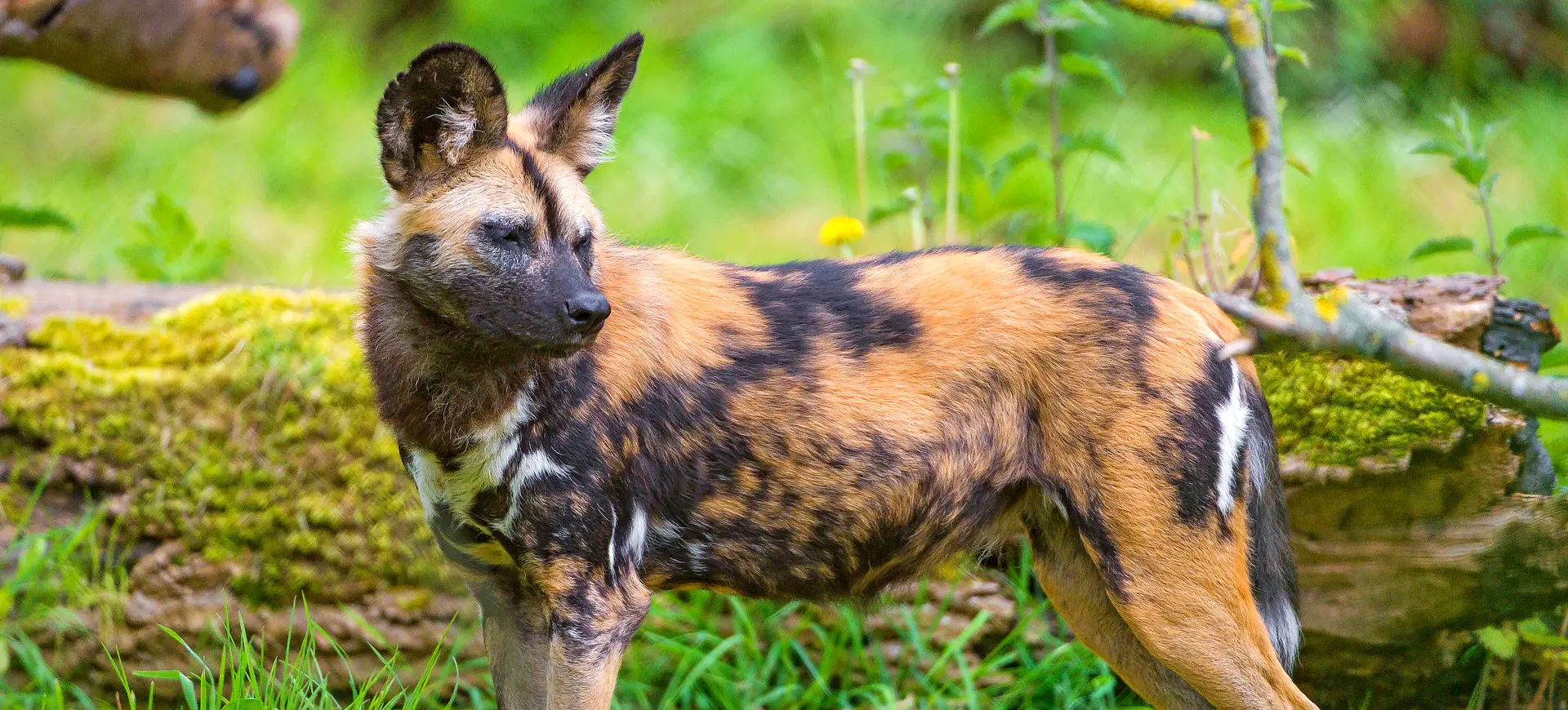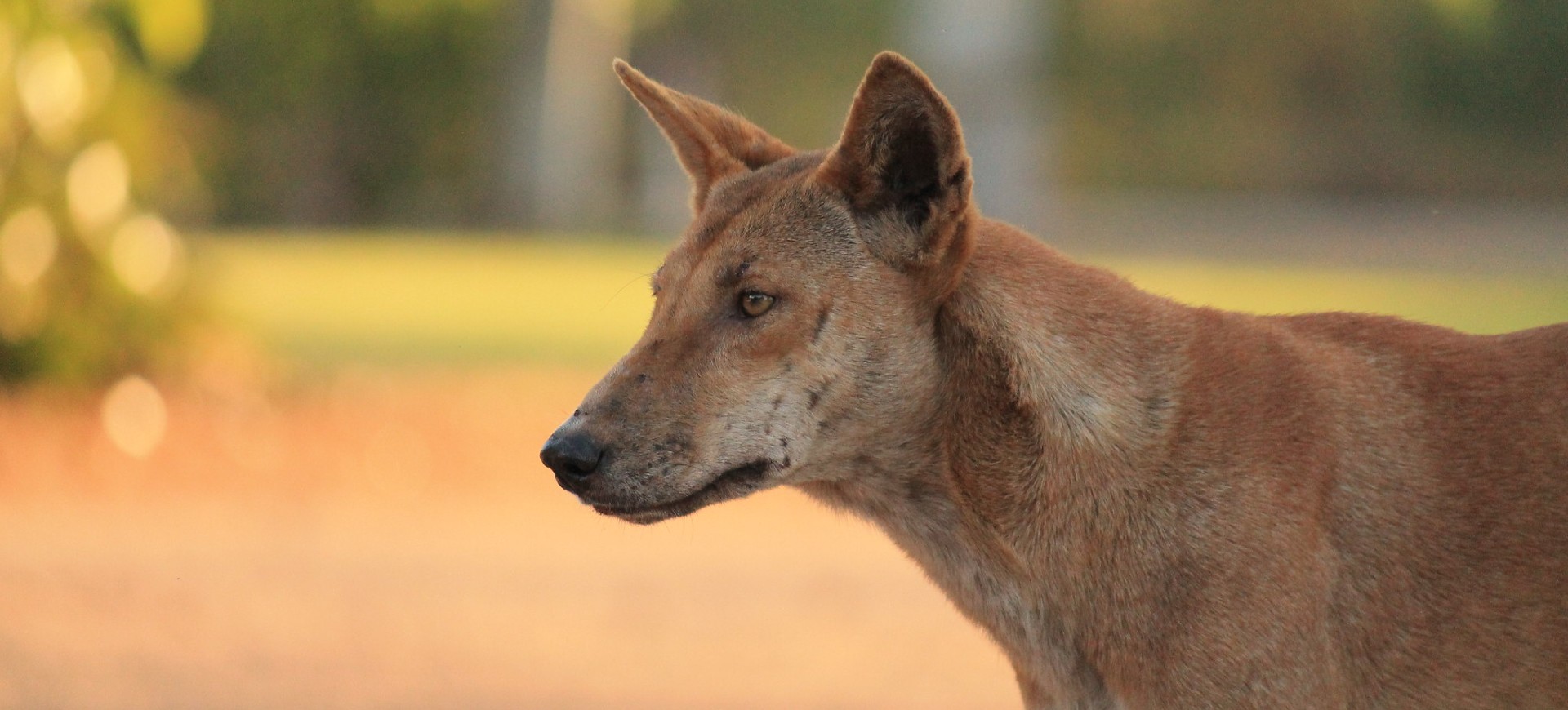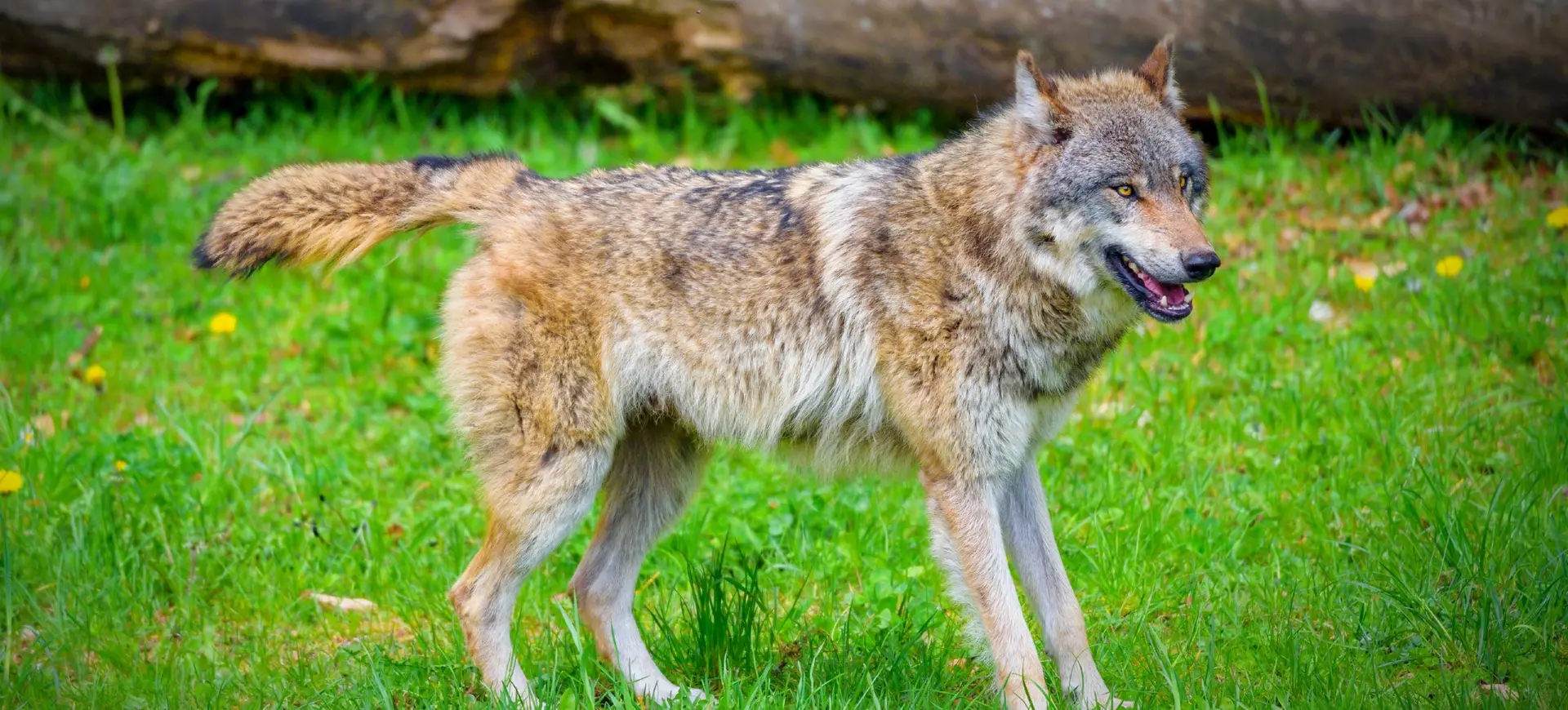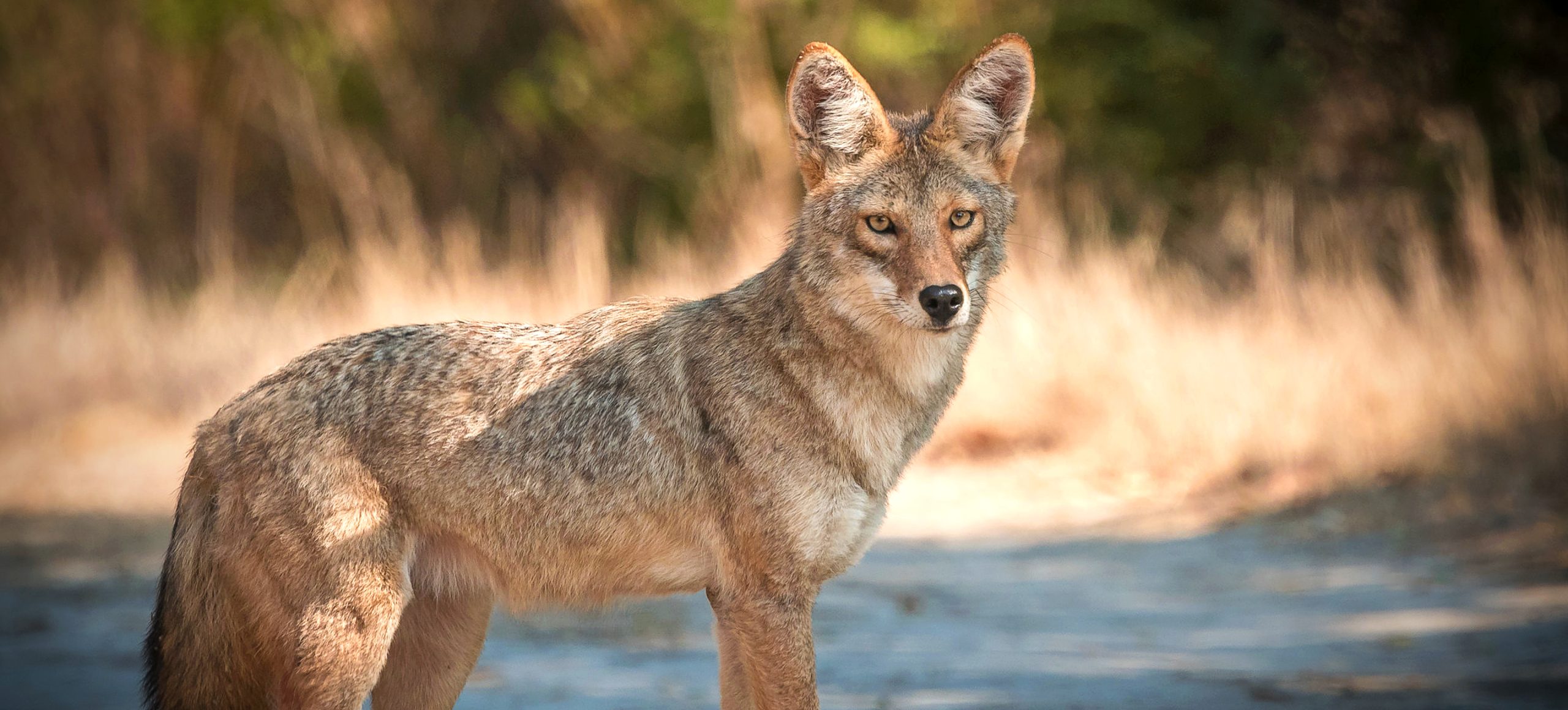Overview
The Tundra Wolf, also known as the Turukhan Wolf, is a subspecies of gray wolves adapted to the harsh conditions of the Arctic and subarctic tundra. It has a thick, dense coat helps insulate it against the cold and provides camouflage in the snowy landscape. These wolves are social animals, living and hunting in packs, which allows them to tackle large prey such as reindeer and muskoxen. They are known for their endurance, capable of traveling long distances across the vast, open tundra for food.
The Tundra Wolf’s fur coloration varies from light gray to white, with some individuals showing darker tones, which helps them blend into different seasonal environments. They have slightly larger bodies and longer limbs than other wolf subspecies, which assist them in moving efficiently over snowy and rough terrain. Their physical adaptations, including a strong build and well-developed senses, make them formidable hunters in their environment. Although they face extreme weather and scarce food challenges, their social structure and cooperative hunting tactics enable them to thrive in the tundra.
These wolves are highly adaptable and can survive in regions with extreme seasonal changes, from freezing winters to brief, cool summers. During the warmer months, they take advantage of increased prey availability to raise their pups. Their packs are typically led by a dominant breeding pair, with other members playing crucial roles in hunting and caring for the young. As apex predators, Tundra Wolves are essential to maintaining the ecological balance in their habitats, helping control the populations of large herbivores.
Taxonomy
Kingdom
Phylum
Class
Order
Family
Genus
Species
Sub Species
Type
RANGE
Current distribution:
Tundra Wolves are primarily found across the northern tundra regions of Siberia, extending from the Ural Mountains to the Kamchatka Peninsula. They are also present in parts of northern Europe, particularly in the tundra regions of Scandinavia, and can be found in smaller populations in Alaska and northern Canada. Their distribution is closely tied to the availability of prey, particularly the migratory routes of reindeer, which they often follow. The sparse and remote nature of the tundra means that these wolves have limited direct contact with humans, reducing the risk of conflict.
Due to the harsh conditions and the vastness of their range, Tundra Wolves' population density is lower than that of wolves in more temperate regions. Seasonal migrations can cause their range to fluctuate, especially during the summer when prey becomes more dispersed. Despite their remote habitat, Tundra Wolves are occasionally impacted by changes in prey populations due to overhunting and climate change. Conservation measures are in place in some regions to monitor their populations and ensure the stability of their prey species.
Physical Description:
The Tundra Wolf has a robust build, with a thick, dense coat that varies from white to light gray, often with darker patches. This coat provides excellent insulation against the cold temperatures of its tundra habitat, and the light colors help it blend into the snowy environment. They have larger bodies and longer legs than many other wolf subspecies, adaptations that enable them to traverse vast snowy plains and endure harsh conditions. The ears of Tundra Wolves are slightly smaller and rounded, reducing heat loss and protecting against frostbite.
Their heads are broad, with powerful jaws and sharp teeth designed to crush bones and tear through the hides of large prey. They have a bushy tail that helps maintain balance and can be used to cover their face while resting, offering additional warmth. The pads of their feet are thick and covered with fur, providing traction on ice and snow while protecting against the cold. Overall, their physical adaptations are specialized to survive the demanding environment of the tundra, where temperatures can plummet far below freezing.

Lifespan: Wild: ~7 Years || Captivity: ~18 Years

Weight: Male: 88-140 lbs (40-64 kg) || Female: 80-110 lbs (36-50 kg)

Length: Male: 48-63 in (122-160 cm) || Female: 44-60 in (112-152 cm)

Height: Male: 30-35 in (76-89 cm) || Female: 28-33 in (71-84 cm)

Top Speed: 40 mph (64 km/h)
Characteristic:
Native Habitat:
The Tundra Wolf inhabits northern Russia’s vast, open tundra regions, particularly in Siberia, and can also be found in parts of Scandinavia and Alaska. They are well adapted to cold, harsh environments, where temperatures can drop below freezing for much of the year. Their range typically includes flat, open areas with sparse vegetation, allowing them to spot prey from long distances. During the brief summer, the tundra experiences a short burst of life, with grasses, shrubs, and migratory animals providing a temporary abundance of food.
In winter, these wolves can cover great distances across the snow-covered landscape, sometimes traveling hundreds of miles searching for prey. They often follow the movements of reindeer herds, a crucial food source, adapting their behavior to the seasonal migration patterns. Despite the harsh environment, the tundra provides a reliable habitat for the wolves, with few human intrusions due to its remoteness. Their ability to endure extreme conditions and find food in a barren landscape is a testament to their resilience.
Climate Zones:
Biomes:
WWF Biomes:
Biogeographical Realms:
Diet:
Diet & Feeding Habits:
Tundra Wolves are primarily carnivorous, relying on a diet mainly consisting of large ungulates such as reindeer and muskoxen. They also hunt smaller mammals like Arctic hares and lemmings when larger prey is scarce. Hunting in packs allows them to take down larger animals that would be difficult for a single wolf to overpower, demonstrating their cooperative nature. They are opportunistic feeders and may scavenge on carcasses, taking advantage of any available food source to sustain themselves during the harsh winter.
Their hunting strategies vary depending on the prey, with packs often working together to isolate and exhaust a target before making the kill. During the summer, they may prey on migratory birds and their eggs, adding variety to their diet. Tundra Wolves can go without food for extended periods but can consume a significant amount at once, storing fat when hunting is less successful. Their adaptability in diet and hunting techniques is a key factor in their survival in the tundra’s challenging conditions.
Mating Behavior:
Mating Description:
Tundra Wolves are monogamous, with a dominant breeding pair that leads the pack. Mating usually occurs in late winter, around February or March, with pups born in the spring when conditions are more favorable. Unlike other wolf subspecies that may dig dens, Tundra Wolves often use natural shelters such as rock crevices, caves, or dense vegetation to protect their young. The typical litter size ranges from 4 to 6 pups, and all pack members play a role in feeding and caring for the pups.
The pups are born blind and helpless, depending on their mother and the rest of the pack for warmth and nourishment. As they grow, they explore their surroundings and learn essential survival skills through play and interaction with other wolves. By the end of summer, the pups are strong enough to join the pack on hunts, gradually learning how to contribute to the group’s survival. This cooperative breeding system helps ensure the pups’ survival in the demanding conditions of the tundra.
Reproduction Season:
Birth Type:
Pregnancy Duration:
Female Name:
Male Name:
Baby Name:
Social Structure Description:
Tundra Wolves live in packs typically led by a dominant breeding pair, and the pack can range from 5 to 12 members. The pack structure is highly hierarchical, with roles clearly defined, which helps organize hunts and care for young pups. Social bonds are maintained through vocalizations, scent marking, and physical interactions such as grooming and play. This cohesive social structure allows the pack to hunt large prey efficiently, defend their territory, and share resources, especially in the demanding tundra environment.
Packs are territorial and will defend their hunting grounds from rival wolves, although they may travel extensively within their range. Young wolves learn essential survival skills by observing and participating in pack activities, gradually taking on more responsibilities as they mature. During hunting, they demonstrate cooperative strategies, such as flanking and cornering prey, which increases their success rate. This strong social cohesion is a key factor in the survival and adaptation of Tundra Wolves to their harsh, variable environment.
Groups:
Conservation Status:
Population Trend:
The population of Tundra Wolves is currently stable, with estimates ranging between 30,000 and 50,000 individuals across their range. Due to their habitat’s remote and inhospitable nature, they face fewer direct threats from human activities than other wolf subspecies. However, changes in prey availability, especially due to the overhunting of reindeer and the impacts of climate change, can influence local populations. Monitoring and conservation efforts are crucial in areas where prey species are under pressure to ensure that Tundra Wolves have sufficient food sources.
In some regions, efforts are being made to manage reindeer populations and maintain the ecological balance necessary for the survival of Tundra Wolves. While hunting these wolves is regulated in some areas, illegal poaching remains a concern in certain parts of their range. Climate change poses a potential future threat, as warming temperatures could alter the distribution of prey and the structure of the tundra ecosystem. Continued research and management are necessary to mitigate these risks and ensure the long-term stability of Tundra Wolf populations.
Population Threats:
The primary threat to Tundra Wolves is the potential decline in prey populations, particularly reindeer, which can be affected by overhunting and habitat changes. Climate change is also a significant concern, as warming temperatures may alter the migration patterns and availability of prey and change the tundra landscape. Although they are less exposed to human encroachment than other wolf populations, habitat destruction from resource extraction and development can still pose localized threats. In some regions, hunting regulations are not always strictly enforced, leading to illegal poaching.
Despite these challenges, the remoteness of their habitat provides some protection against human interference. Changes in snow and ice cover, driven by climate change, could impact the wolves’ ability to travel and hunt and disrupt their access to certain areas. Increased human activities, such as mining and oil exploration, in the Arctic and subarctic regions also present potential future risks. Protecting the delicate balance of the tundra ecosystem is essential for the continued survival of Tundra Wolves and other species that share their environment.
Conservation Efforts:
Conservation efforts for Tundra Wolves include maintaining healthy populations of their prey, such as reindeer and other ungulates, which are crucial for survival. In regions where overhunting of prey has been an issue, wildlife management programs aim to control hunting practices and ensure sustainable population levels. Protected areas and nature reserves in Siberia, Scandinavia, and North America help preserve critical habitats for Tundra Wolves and other tundra wildlife. Additionally, efforts to monitor the effects of climate change on Arctic ecosystems are vital for understanding potential future impacts on wolf populations.
Educational programs in zoos and wildlife reserves aim to raise awareness about the importance of Arctic predators and their role in the ecosystem. There are also initiatives to study the behavior, migration patterns, and health of Tundra Wolves to gather data that can inform conservation strategies. Limiting the expansion of resource extraction activities in the Arctic is another focus area for conservationists, aiming to minimize human impact on these remote habitats. Overall, a combination of habitat protection, sustainable wildlife management, and climate research is essential for the long-term survival of Tundra Wolves.
Additional Resources:
Fun Facts
- Tundra Wolves can travel over 30 miles (48 km) in a single day in search of prey.
- They have a thick double-layered coat that insulates them against temperatures as low as -50°F (-45°C).
- Unlike many other wolf subspecies, Tundra Wolves often use natural shelters instead of digging dens.
- Their diet can include birds and smaller mammals during the summer when prey diversity is higher.
- Tundra Wolves have larger paws that act like snowshoes, helping them walk on snow without sinking.
- They can survive for weeks without food during lean times, conserving energy until they find their next meal.
- Their howls can be heard long distances, helping pack members communicate and coordinate while hunting.
- The packs’ social structure and teamwork are crucial for their ability to hunt large animals like reindeer.
- Tundra Wolves are less likely to come into contact with humans due to the remoteness of their habitat.
- They play a vital role in the tundra ecosystem by regulating the populations of herbivores.






